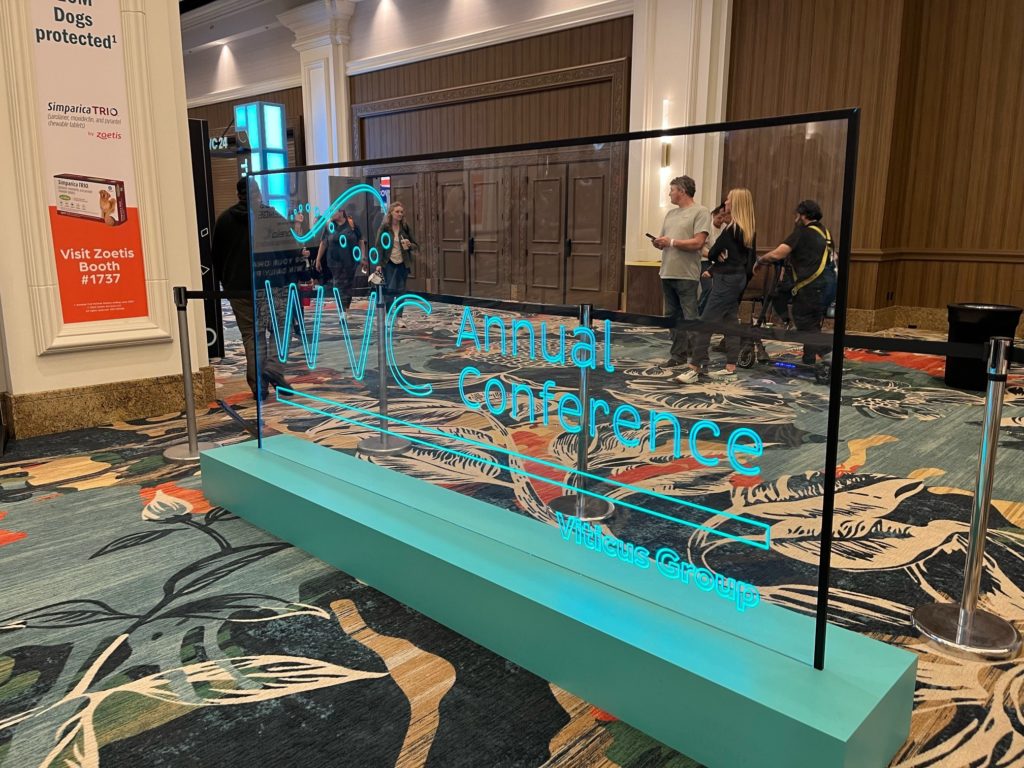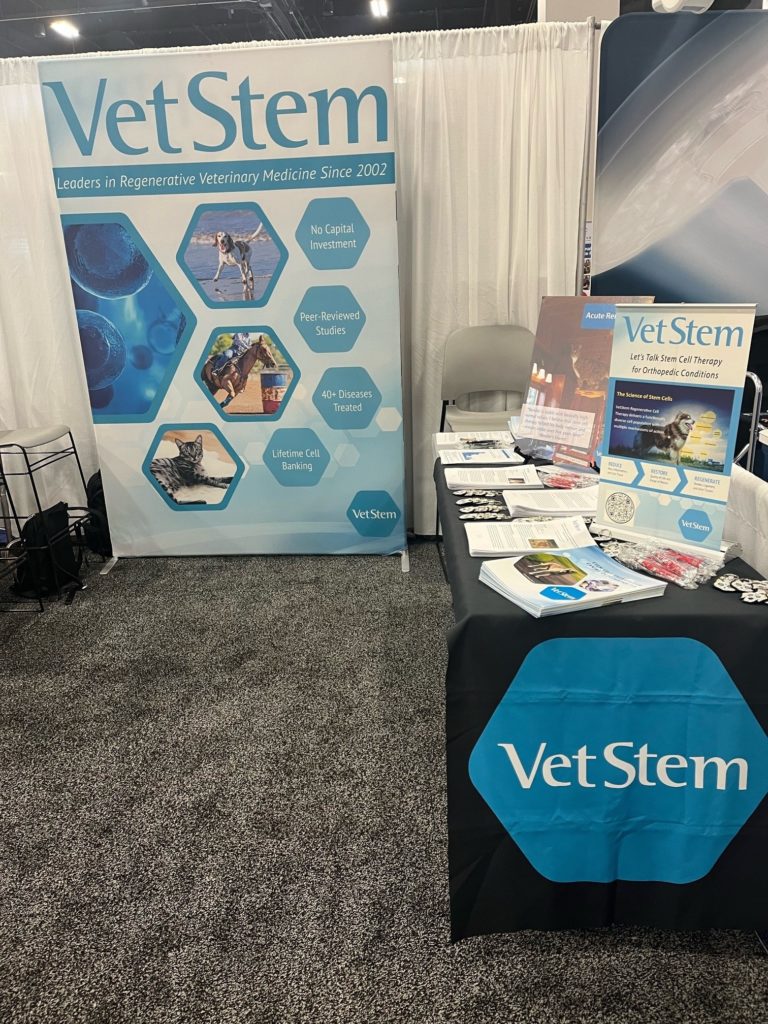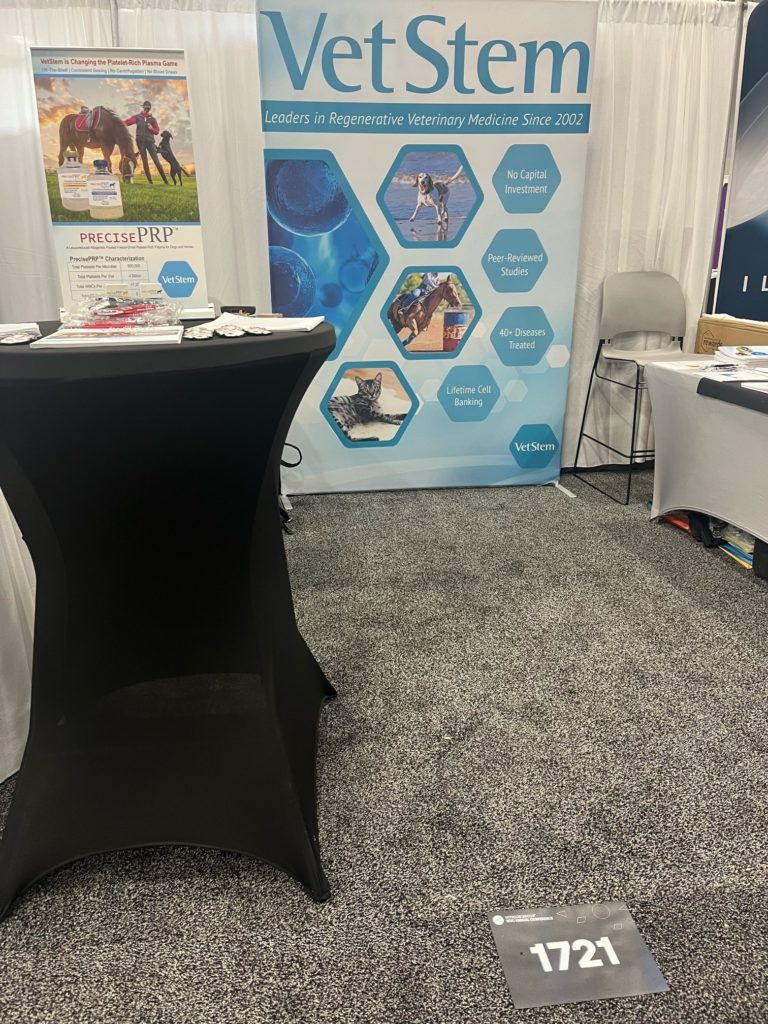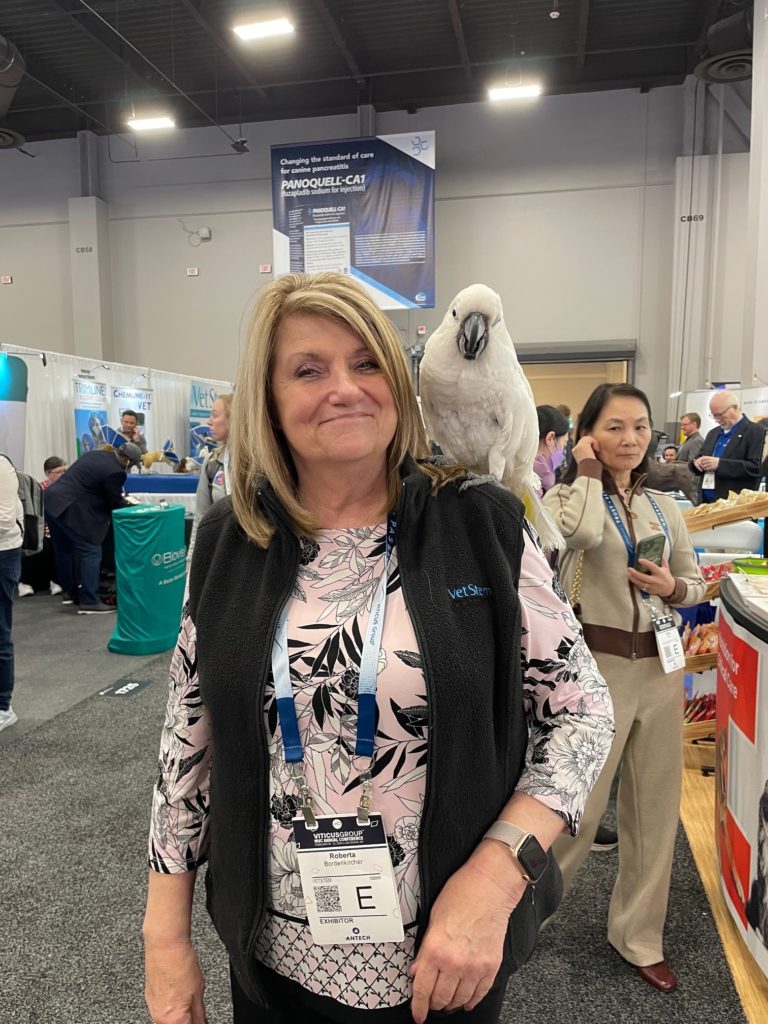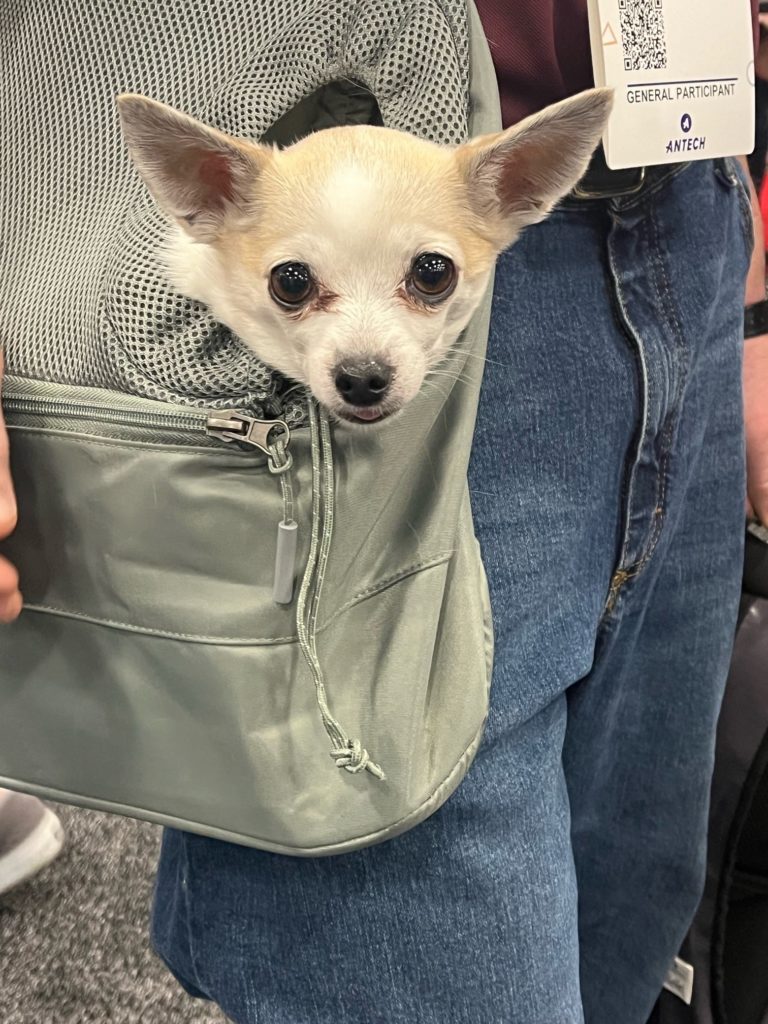February is National Cat Health Month, a time to bring awareness to the well-being of our feline companions. This month, emphasis is placed on regular veterinary check-ups to help ensure that our cats lead happy, healthy lives. Unfortunately, several studies in the last decade have demonstrated that as many as 50% or more of cat owners do not take their cat to the vet regularly.
While there are several potential reasons that cats tend to visit the vet less, one reason commonly cited by owners is the belief that their cat is in excellent health and is never sick or injured. As you may know, cats can be masters at hiding their pain. So, while you may think they are perfectly healthy, there can be subtle signs of sickness or pain that are easy to miss if you’re not looking closely. One example is pain from osteoarthritis (OA).
For years, osteoarthritis in cats has been underdiagnosed when compared to dogs. One reason for this is that cats with OA present with different symptoms than what we see in dogs. Because of their smaller size and natural agility, cats tend to tolerate bone and joint problems better than dogs. But there are specific symptoms to watch out for.
According to the FDA, “Clinical signs of osteoarthritis in cats include weight loss, loss of appetite, depression, change in general attitude, poor grooming habits, urination or defecation outside the litter pan, and inability to jump on and off objects.” Unlike dogs, cats do not commonly present with lameness or limping. Instead, they will be less willing to jump and/or have shorter jumps.
Unfortunately, there are fewer treatment options for cats with OA compared to dogs. Unlike dogs, cats do not tolerate nonsteroidal anti-inflammatory drugs (NSAIDs) or other pain medications very well. In the U.S., there are only two NSAIDs approved for short-term post-operative use in cats, and there are currently no veterinary NSAIDs approved for safe, long-term use to control osteoarthritis pain in cats. There are some non-drug options including weight loss for overweight cats, increased exercise, as well as environmental accommodations such as elevated food bowls and more easily accessible litter boxes.
That’s where VetStem Cell Therapy comes in. Stem cells are a non-drug treatment option for osteoarthritis, which can be particularly beneficial for cats given that effective treatment options to control OA pain are extremely limited. Stem cells have shown the ability to directly modulate pain and down-regulate inflammation. Additionally, stem cells can induce repair and stimulate regeneration of cartilage and other joint tissues. VetStem Cell Therapy harnesses your cat’s own healing abilities, so it can be considered a natural and holistic approach to managing the symptoms of osteoarthritis.
If you think your cat may benefit from treatment with VetStem Cell Therapy, speak to your veterinarian or contact us to receive a list of VetStem providers in your area.
